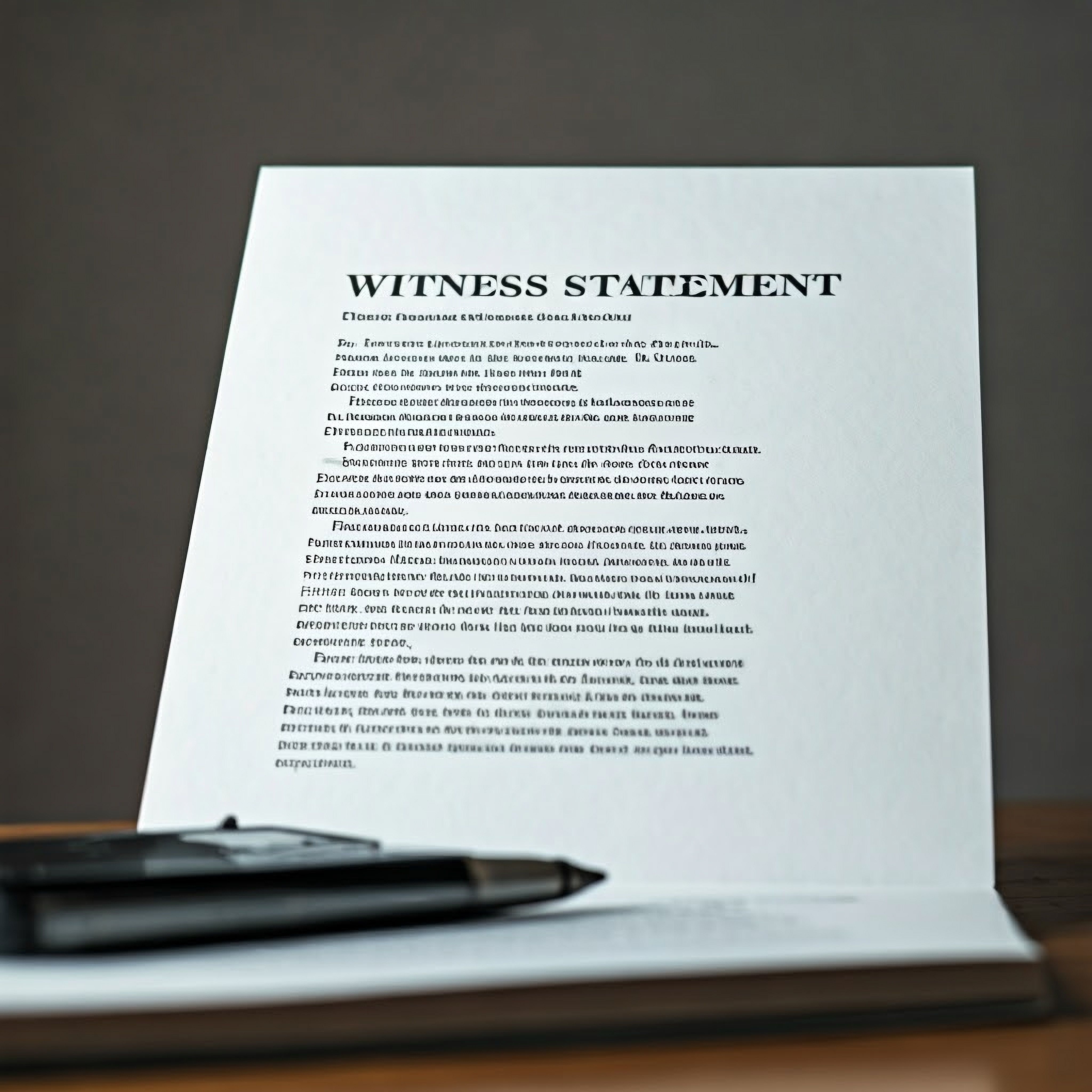By Andrew Ness

Last week’s post, Practical Tips for Drafting Witness Statements listed thirteen recommendations for making witness statements more effective and powerful. This week’s post adds guidance about the attorney’s role in drafting effective witness statements and exhibits, including some cardinal rules to follow to avoid potential disaster on cross examination.
Who Drafts the Witness Statement? What is the Attorney’s Appropriate Role?
- Having the witness draft the statement is ideal: Ideally the witness drafts his or her own witness statement, but this ideal is rarely achievable. It is difficult to get a witness to sit down and write out his or her story. At minimum, counsel’s involvement will be necessary to elaborate the draft in some areas, add exhibit references , and edit for clarity.
- Counsel should NOT draft expert reports: Experts should prepare all drafts of their reports and statements. This process is used most often.
- Witness must have personal knowledge of everything in statement: The cardinal and never to be overlooked rule is that everything in the witness statement must be facts that the witness knows personally, can testify to, and will readily confirm on cross-examination.
- Make the statement tell a story: The best witness statements tell a chronological story including all the essential facts and documentation for the record clearly but succinctly.
- Cardinal rule–counsel and witness must review statement together: To comply with this cardinal rule, once a draft is created counsel must review the draft with the witness, preferably in person, on a paragraph by paragraph, or even better, on a line-by-line, phrase-by-phrase basis. Witnesses who are simply asked to review a draft witness statement will often say “it looks fine” and sign it. But they will not have read it closely and may not really subscribe to each and every statement in it. Lawyers may forget that, while they were trained to read a legal document slowly, word by word, non-lawyers generally do not read things this way.
- Violating the cardinal rule may have disastrous consequences: It can lead to major embarrassment and significant damage to witness credibility when an inaccurate sentence or phrase is highlighted on cross-examination at the hearing. While time-consuming, it is necessary and well worth the time to go through the statement with the witness in detail to make sure everything is consistent with his or her recollection and the relevant documents, revising and modifying the statement as needed.
- Highlight key passages to assist witness review: A useful technique is highlighting key passages in the draft to help the witness focus on them. The highlighted statements are not only the key points, but any points where counsel’s notes were not clear, the witness seemed uncertain, a date is missing or questionable, or counsel used “gap fillers” (e.g., where the draft connects two facts that logically must be connected, but the witness did not actually say so expressly during the interview).
Drafting Exhibits to Witness Statements
As discussed in an earlier post, witness statements are being used more often in lieu of a witness’s direct testimony at arbitration. (Using Witness Statements in Arbitration) Exhibits are an indispensable part of witness statements. They can provide background information about the witness (e.g. a curriculum vitae or a resume). They can be documents the witness drafted or is testifying about. They can be business records the witness identifies and authenticates. They can be photographs illustrating important events. Whatever exhibits are being attached to the witness statement, counsel should take time to review any and all exhibits to be attached . Also, counsel should collaborate with the witness to ensure the witness can truthfully testify to all the facts contained in the exhibits. Finally, counsel should use a simple, logical method for referencing exhibits to assist the arbitrators in their review, thus saving time and money.
References to Witness Statement Exhibits—Make the Arbitrator’s Job Easier
One of the most expensive parts of arbitration is the time arbitrators spend reviewing evidence, such as witness statements and exhibits. Making this task easier and less time-consuming with a uniform method for referencing exhibits can result in cost savings. Consider the most common methods for referencing exhibits.
- Methods for referencing exhibits: There are two general methods for referencing documentary exhibits accompanying witness statements:
- (1) Witness-specific references (e.g., Smith Ex. 5), or
- (2) Single exhibit set references (e.g., Claimant’s Exhibit 22).
- Exception for witness resumes: However, when including the witness’s resume or CV so this information can be excluded from the body of the witness statement, it can be referenced as “Smith Attachment A.” This allows the resume to be attached to the witness statement for the arbitrator’s easy reference, rather than in the general exhibits.
Takeaways
Witness statements can be valuable tools in construction arbitrations if they are carefully drafted. Never forget that the witness statement is the full testimony of the witness you are presenting. Every word is subject to challenge on cross-examination, so make sure the wording is accurate in every respect to the best of your ability. The witness’s credibility and value to your case depend on it.
For more discussion on drafting exhibits to witness statements see Chapter 10.VIII, “Fact Witness Statements” in Construction Arbitration: The Advocate’s Practical Guide (ABA Press 2023) http://ambar.org referenced in our Recommendations and Resources page.https://theconstructionadrtoolbox.com/recommendations/.
